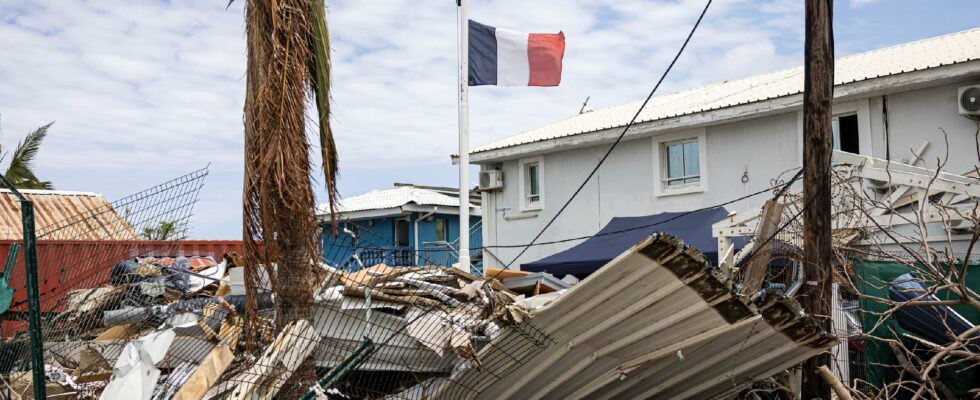Mayotte was placed, this Saturday, January 11, on orange cyclone alert in anticipation of the passage of Dikeledi off the south of this archipelago in the Indian Ocean, announced the prefecture. The orange level immediately implies “the cessation of the circulation of barges” (Editor’s note: local ferries), the prefecture clarified on X, warning against “a significant deterioration in weather conditions” from Saturday evening.
“We must seriously prepare for the possibility of the cyclone passing as closely as possible and the red alert being triggered,” warned the prefecture of this overseas department of 320,000 inhabitants. In its latest bulletin, Météo-France forecasts “a significant rainy and windy deterioration” when Dikeledi passes near the archipelago, citing “very heavy rain which could cause flooding”.
However, forecasters anticipate a weakening of Dikeledi during the night from Saturday to Sunday “at the stage of a strong tropical storm, before circulating off the south of Mayotte during the day on Sunday”.
Fragility of the territory after Chido
The entry into force of this orange alert comes less than a month after the passage of Cyclone Chido, the most devastating to hit the small archipelago in the Indian Ocean in 90 years. Chido caused colossal damage in the poorest department in France. The passage of this intense tropical cyclone left at least 39 dead and more than 5,600 injured, destroying many precarious and permanent homes in the 101st department of France.
“Given the fragility of the territory following the passage of Chido, the prefect therefore calls for the extreme vigilance of the entire population,” warned the prefecture on gas stations were extended to an exceptional extent and residents stocked up on packs of water, AFP journalists noted.
Cyclones usually develop in the Indian Ocean from November to March, but this year surface waters are close to 30°C in the area, providing more energy for storms, a global warming phenomenon also observed this fall in the North Atlantic and the Pacific.
